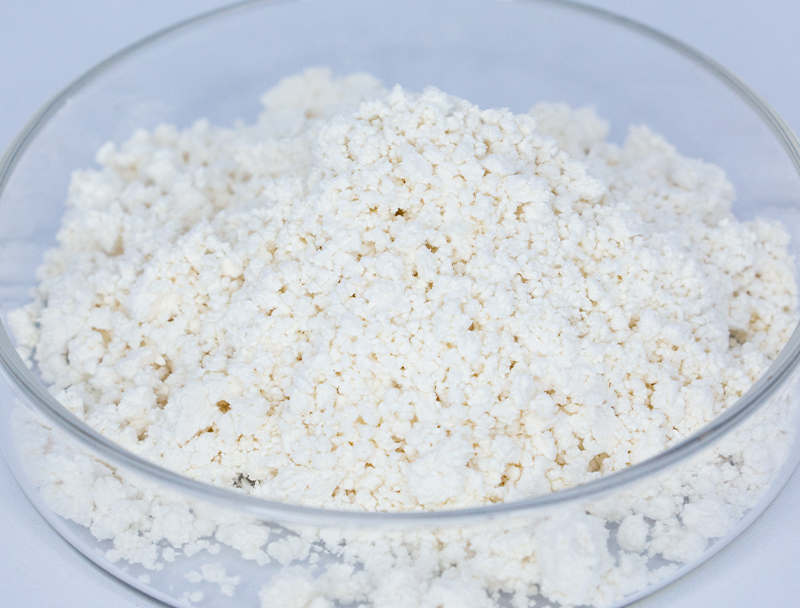
Large-scale bioproduction hinges upon a comprehensive selection of raw materials for generating cutting-edge biobased goods.
Assuring sustainably sourced materials dictates persistent stability and principled industry advancement.
diverse obstacles inherent in legacy sourcing approaches such as ecological damage and resource depletion. Thus, organizations must explore circular sourcing options to lessen environmental harm.
- Models of sustainable material sourcing include:
- Adopting organic-origin materials from crop remnants
- Installing reclamation workflows to diminish waste and heighten recovery
- Forging alliances with neighborhood suppliers supporting green sourcing
Transitioning to green supply models secures ecological benefits and economic upside.
Refining Biomass Sources to Enhance Fuel Conversion
Advancing fuel production depends on feedstock consistency and composition. Researchers repeatedly investigate innovative methods to enhance feedstock potential, yielding greater biofuel outputs and greener energy prospects. This involves genetic modifications to increase biomass production, as well as pretreatment techniques that break down complex plant materials into more readily fermentable sugars.
- Furthermore, teams search for alternative biomass sources including algal strains, industrial wastes, and crop leftovers to broaden sustainable feedstock options for fuels.
- With persistent development the field will likely demonstrate notable gains that foster a more sustainable energy system.
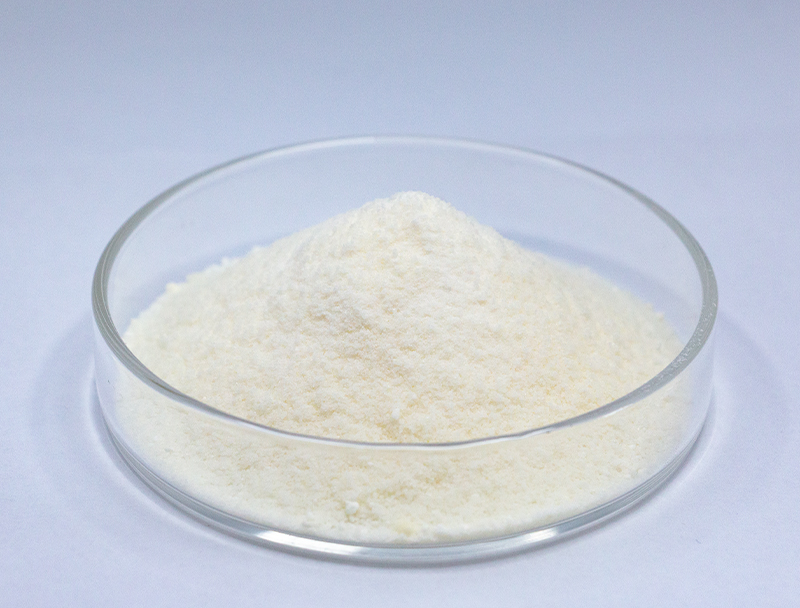
Next-Generation Upstream Methods in Biopharmaceuticals
involves foundational activities from cultivation to biomass harvest Recent progress has advanced techniques that maximize productivity and increase output.
Salient improvements involve specialized expression hosts, fine-tuned media strategies, and next-gen bioreactor concepts. Such breakthroughs boost efficiency and simultaneously reduce manufacturing costs and carbon burdens.
- Similarly, continuous process trends grant superior flexibility and refined control across production stages.
- Implementing cutting-edge manufacturing technologies will probably redefine workflows and accelerate innovation.
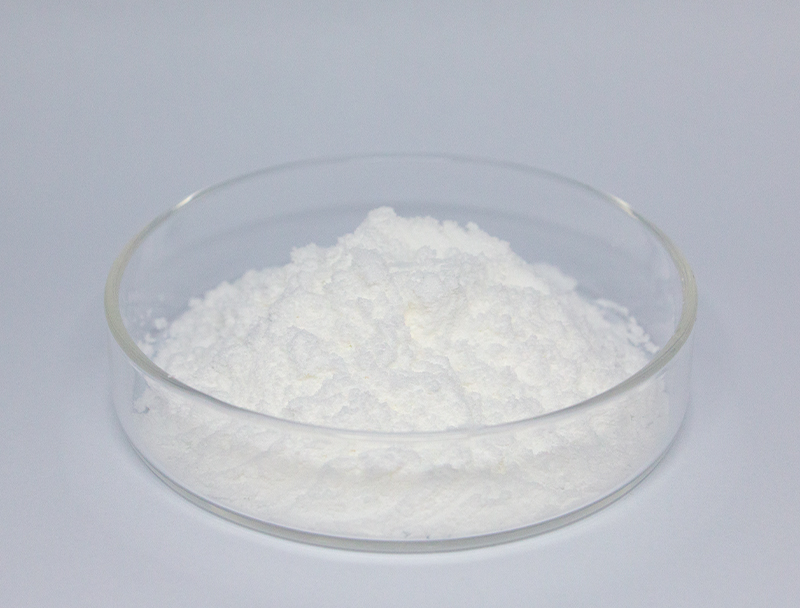
Genetic Engineering Innovations for Higher Therapeutic Yields
advances in genomic editing tools including CRISPR have transformed therapeutic manufacturing. By implementing targeted gene changes, investigators boost production titers of important biologics. The technique provides opportunities to manufacture economical, high-yield therapeutics for varied indications.
Microbial Approaches to Effective Bioremediation
progressive microbe-based cleanup tactics that mitigate industrial pollution. Microbial communities can biotransform hazardous materials into lower-risk substances. Leveraging microbial biotransformation promotes sustainable remediation that curbs industrial environmental impacts.. Investigators study multiple microbial strains for abilities to transform metals, degrade agrochemicals, and process petroleum wastes.. Microbial cultures can function in contained bioreactors or be deployed onsite to facilitate biodegradative remediation..
Microbe-based remediation provides compelling advantages over standard remediation methods. This route is often more affordable and reduces the formation of toxic residues. Likewise, microbial systems can selectively degrade contaminants while sparing the wider environment. Advancements continue apace to increase the speed, efficiency, and applicability of microbial remediation techniques.
Bioinformatics Tools Transforming Drug R&D
Computational tools have grown indispensable in the current drug discovery landscape. From target discovery through candidate optimization, bioinformatics facilitates streamlined, hypothesis-guided workflows.
- Using extensive genomic, proteomic, and patient data, analysts discover targets and anticipate therapeutic performance.
- Furthermore, computational modeling of drug–target interactions aids rational design of higher-performing therapeutics.
- Finally, bioinformatics is revolutionizing the drug discovery and development process, accelerating the time to bring safe and effective treatments to patients in need.
Synthetic Biology Routes for Elevated Bioproduct Synthesis
employs a variety of strategies to augment the synthesis of valuable bioproducts within microorganisms. Programs use genetic redesign of metabolic networks, dynamic regulation of expression, and addition of heterologous genes to unlock new capabilities. Through careful adjustment of metabolic routes engineers can markedly elevate product titers.
This combined approach has capacity to change industries from drug manufacture to food production and bioenergy.
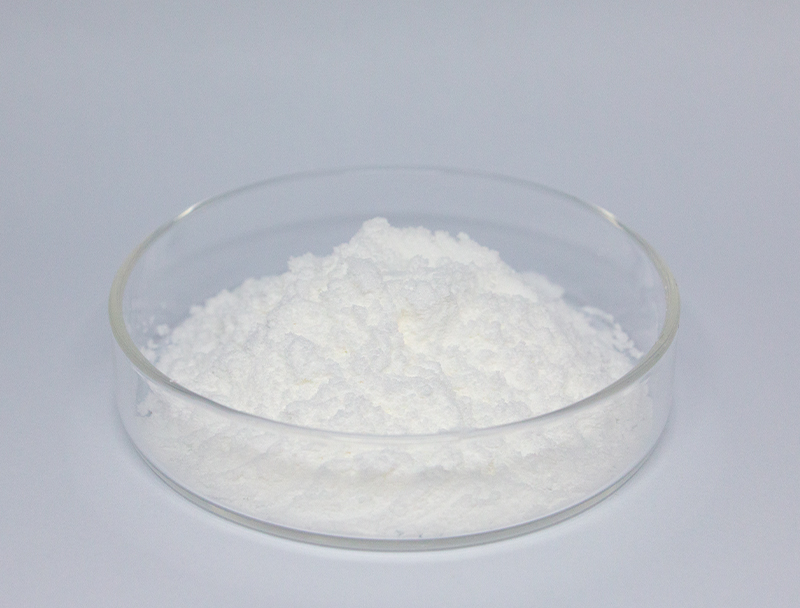
Industrializing Biopharmaceuticals: Risks and Rewards
Commercializing biopharma production involves significant constraints and promising benefits. Keeping consistent product performance at elevated volumes is a significant challenge. Meeting the need calls for dependable control systems, granular monitoring, and cutting-edge analytical methods.
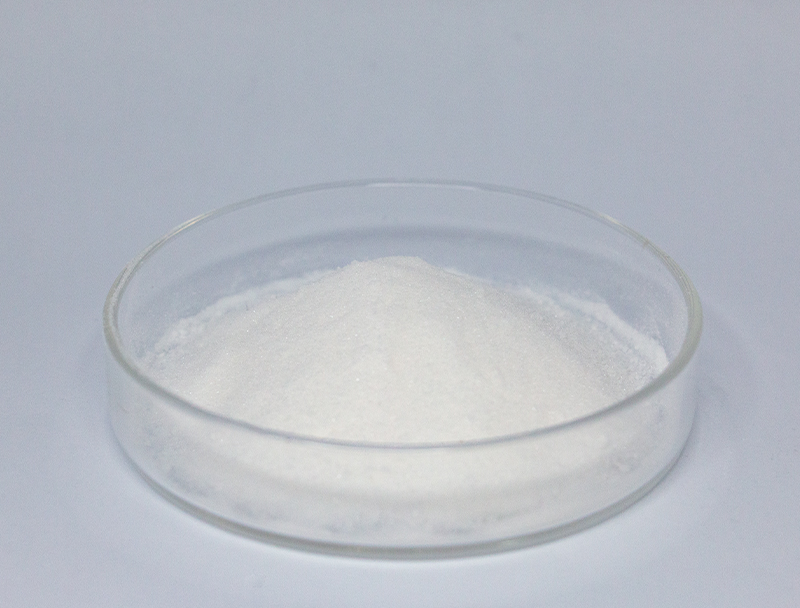
Additional complexity arises because biopharma production entails many coordinated stages.. Converting small-scale procedures β-Nicotinamide Mononucleotide to plant-scale operations necessitates extensive innovation and optimization.. However, the potential rewards are substantial. Well-executed upscaling can improve therapy access, decrease costs, and enhance economic performance.
Several projects are designed to mitigate these scaling barriers. Programs comprise advanced optimization systems, real-time process monitoring tools, and innovative production strategies.
- Innovation programs are essential to expand production competencies.
- Regulators are reforming approval systems to facilitate adoption of advanced manufacturing and nurture innovation.
Charting Regulatory Pathways for Biologics to Safeguard Patients
Bringing biologics to market involves rigorous regulation designed to protect patients and confirm therapeutic benefit. Products of biological origin introduce specific challenges that differ from standard drug development.
Agencies like FDA and EMA develop frameworks and criteria for validating and approving cutting-edge biotherapies..
Comprehensive testing regimens must be followed from early-stage research through ongoing post-approval monitoring.. The protocols serve to uncover safety concerns and certify that products fulfill rigorous protection standards..
Also, governing institutions evolve their strategies to respond to swift advances in biopharmaceutical science.. Measures involve adopting innovative technologies and enabling development acceleration without compromising patient welfare.

Plant-Based Biomass Options for Bioplastic Manufacturing
Heightened demand for sustainable products accelerates efforts to develop renewable material alternatives. Using plant feedstocks to make bioplastics gives a promising direction for sustainable material development. Sources like cornstarch, cellulose fibers, and sugarcane biomass can transform into compostable plastics that decompose and reduce pollution.
Similarly, selected bioplastics offer analogous properties to traditional plastics suitable for many applications.. Continued research and innovation in this field are crucial to unlocking the full potential of plant-based biomass feedstocks in the manufacture of sustainable bioplastics, paving the way for a circular economy.
Biotechnology's Potential to Transform Health and Food Supply
Biotechnology has emerged as a powerful tool with the potential to revolutionize global health and address food security challenges. With genetic tools, engineered biological systems, and regenerative cell approaches, experts craft interventions to manage diseases, enhance agriculture, and fortify nutrition.. As an example, crop genetic improvements for pest and stress resistance help boost production and cut dependence on chemical pesticides.. Concurrently, biotechnology drives development of immunotherapies, antibiotics, and diagnostics that play a key role in controlling diseases and improving health metrics. As the field evolves, biotechnology is expected to play a pivotal role in shaping a healthier and environmentally sustainable future for all.
